5 big questions to ask yourself when choosing your first running race
We help you narrow down your choices for running races with some big questions
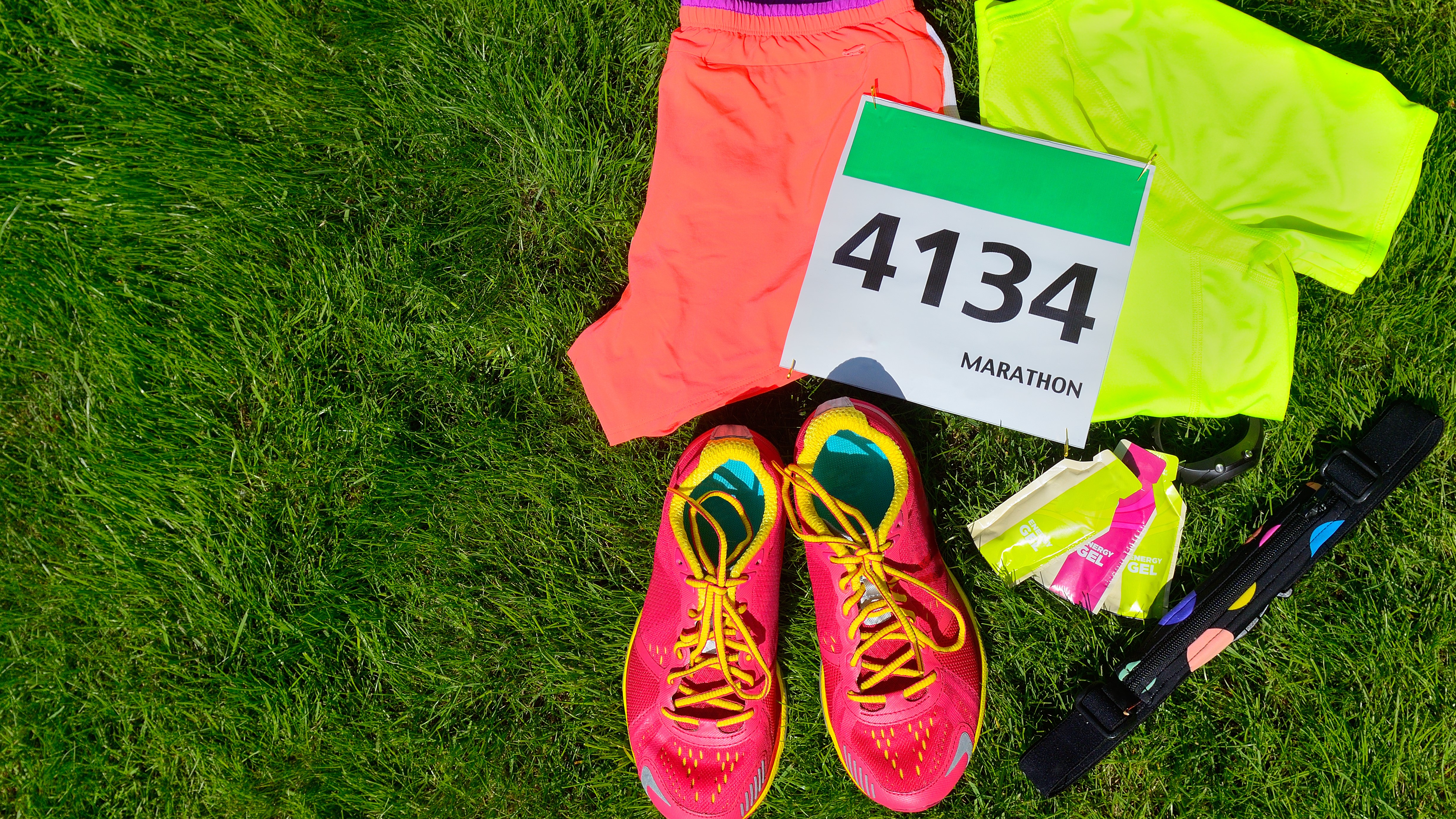
Whether you’re signing up for your first marathon, next half marathon or even ramping it for an ultra, you’re going to be spoilt for choice these days. It doesn’t matter if lightweight road running shoes or rugged trail running shoes are your trotters of choice, there are races to choose from practically every week of the year these days, and the best marathons will take you across the globe, from Cambodia to Greenland.
So how do you choose your first (or next) running race? One obvious method is to join a friend – this is exactly what I did when I signed up for my first triathlon in 2012. My friend Theresa had taken part in the race the previous two years and told me all about it. It sounded friendly, it was easy to get to from my home in Colorado and of course, I’d have a buddy on race day. I decided it sounded right for me, signed up and had a great day.
If you don’t happen to have a friend who’s at a similar level to you and whose brains you can pick, however, the sheer multitude of races can seem overwhelming. If it’s your first race, do you play safe like I did or go big and head to New Zealand, assuming it might be your only race? Ultimately, which race you choose will be a very individual decision, but to help you decide, here are a few questions you should ask yourself to help you narrow things down.
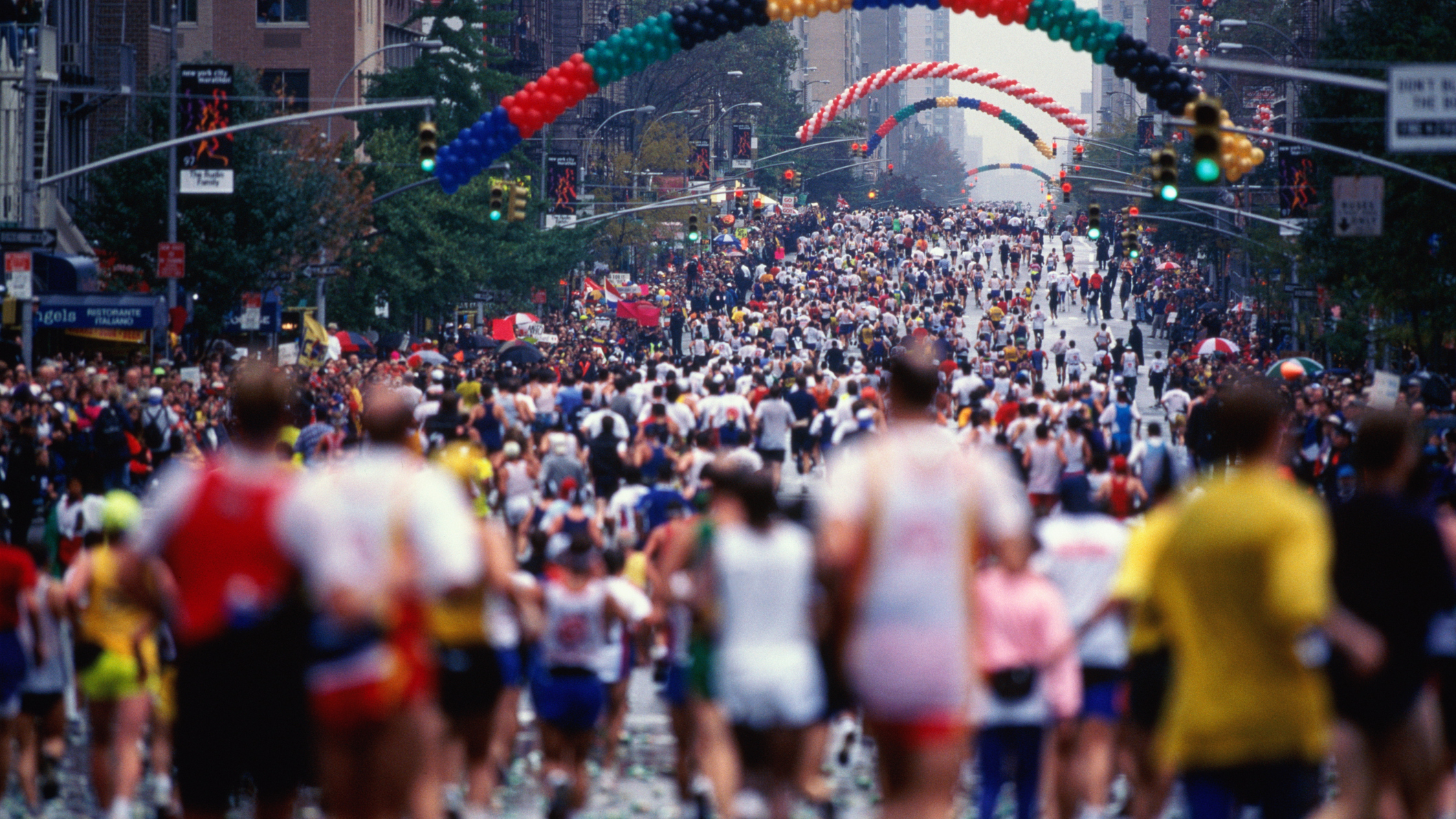
1. How much do you want to spend?
Before you start daydreaming about traversing rocky summits in Norway or the shoreline of some remote archipelago, you’ll need to get realistic about your budget. Entrance fees for races can vary widely for starters.
Big races from the UTMB to the New York City marathon will set you back over $300 for your registration and the Leadville 100 costs more than $400, but there are loads of less famous (and easier to get into) marathons that are under $100 like the Champlain Islands marathon in Vermont and the Whitefish marathon in Montana that will take you through some pretty spectacular terrain.
Of course, if you’re not racing close to home, your registration fee is just the beginning, so while you’ve got your calculator out, start to punch in the numbers for travel and accommodations to figure out what you can live with.
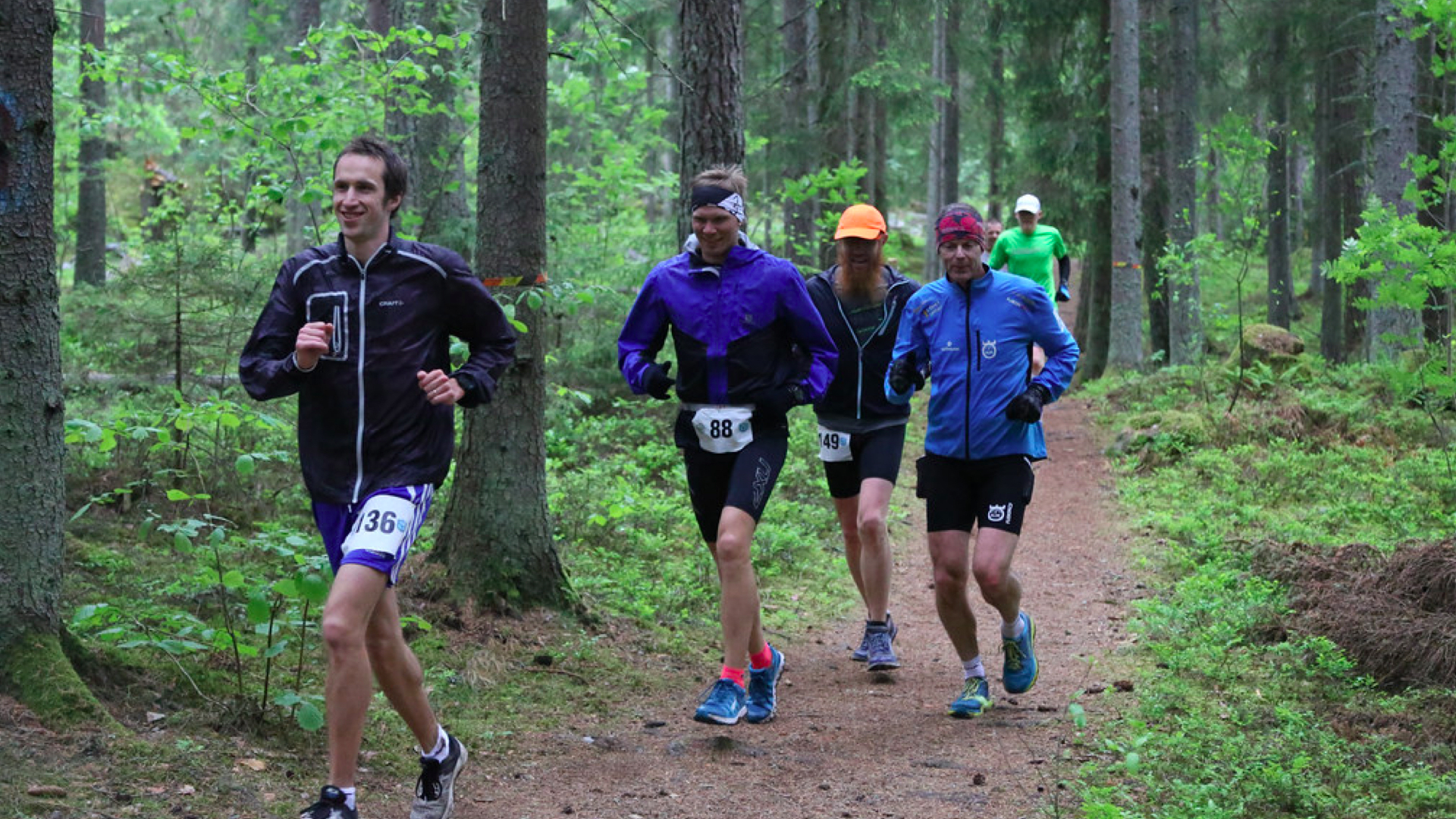
2. How far are you willing to go?
Obviously, you want to get to the finish line, but here the question is whether you want to travel just to get to the starting line, and if so, how far.
All the latest inspiration, tips and guides to help you plan your next Advnture!
On the one hand, turning your race into a vacation can sound pretty romantic – fly to Hawaii, run the Big Island Marathon, then stay for a week and recover in one of the most beautiful places on the planet. It sounds great, but you’ll want to make sure you fly in with plenty of time to recover and acclimate before you run, which might start to eat into your vacation time at the other end.
This obviously makes for a more expensive and time-consuming option, but if you can justify it as a vacation, perhaps you won’t mind the extra time and money. Some runners love to turn their races into travel opportunities, almost using their athleticism as a means to see the world.
Then again, many runners feel at their best when they’re in their normal routines, not jet lagged and have all their home comforts close to hand. So there’s also an argument for racing closer to home, where the whole thing can be accomplished over a weekend without taking time off work.
If you really want to finish in a competitive time, a good night’s sleep in your own bed (or at the very least, a short drive to a hotel) could do you the power of good. Of course, this option also saves you money and lets you keep your vacation time to vacation-only.
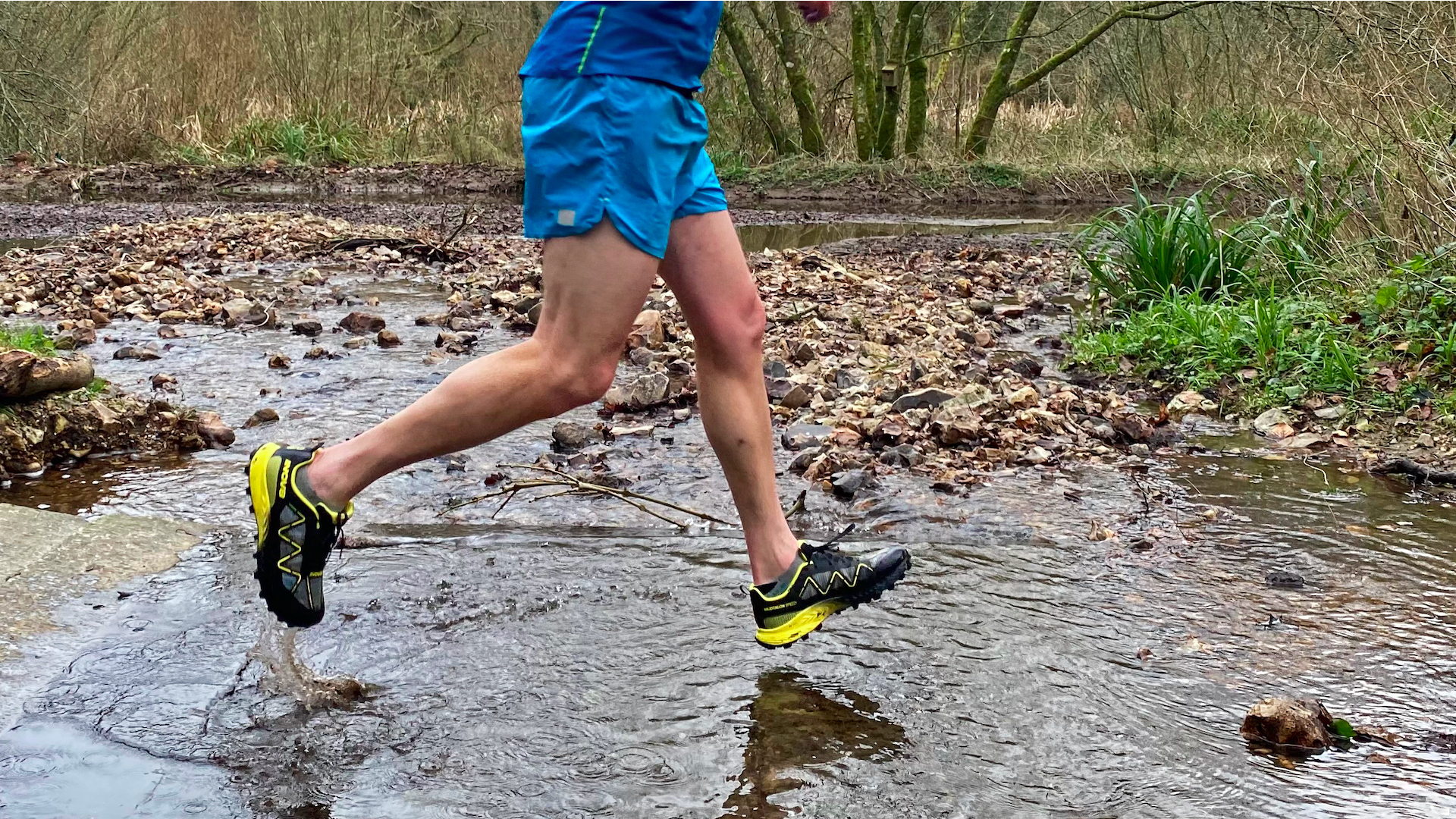
3. What is the course like?
When you’re signing up for your first race, distance is only one tiny part of the decision. Obviously there are the distinctions between road and trail, but you’re going to want to know if the course is hilly or flat, one continuous loop, an out-and-back like the Pikes Peak Marathon or makes you run a small loop on repeat to make up the distance which could be extremely mentally grueling (or soothing, if you like repetition).
Remember that the course isn’t just a red line on a map – if it’s not a road race, you might encounter gravel, mud, snow, rocks, scree, river crossings, you name it. Are you able to train in similar conditions frequently enough to ensure that you won’t be totally disadvantaged come race day? If you’re aiming for a personal best, these are important questions to ask yourself.
You’ll want to be mentally prepared for the terrain and have the right gear – that might mean mud running shoes for sloppy courses, road-to-trail shoes for mixed terrain or running gaiters to keep the gravel out.
Finally, consider whether the scenery is important to you, and if so, do you want to run through a dramatic cityscape, rugged mountain peaks or a lush rainforest?
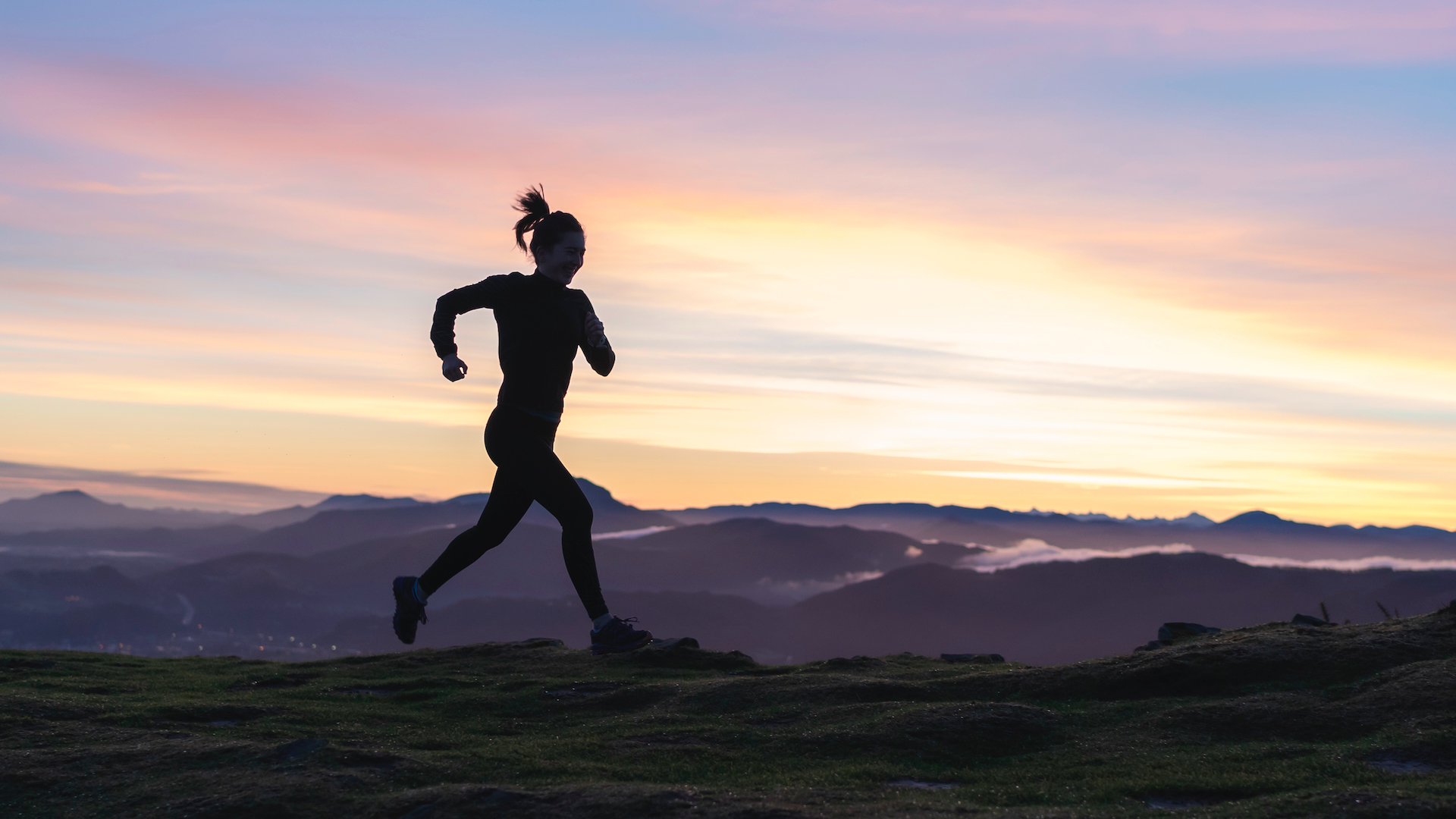
4. Can you handle the conditions?
If you’ve decided to travel far from home for a race, there’s a chance you’re going to be running in different conditions than those in which you trained. This could mean higher or lower temperatures than you’re used to, extreme humidity which can suck the life out of you or very arid desert conditions where it can hurt to breathe. Then you’ve got headwinds, which slow you down and, on the islands of Scotland anyway, even cancel races.
First, you’ll want to be sure you’re willing to contend with the conditions that are likely to be on show on race day, so research the climate and typical weather for the time of the event.
If you decide you’re up for racing under unfamiliar conditions, there may be some training you can do to give you an edge. If you’re going to be racing in warmer conditions, for example, you can try heat training to get your body used to breaking a sweat at a lower temperature, which can also benefit you at high altitude. Typically, running in cooler conditions will feel a bit easier, as long as you’re not seeing snow for the first time in your life.
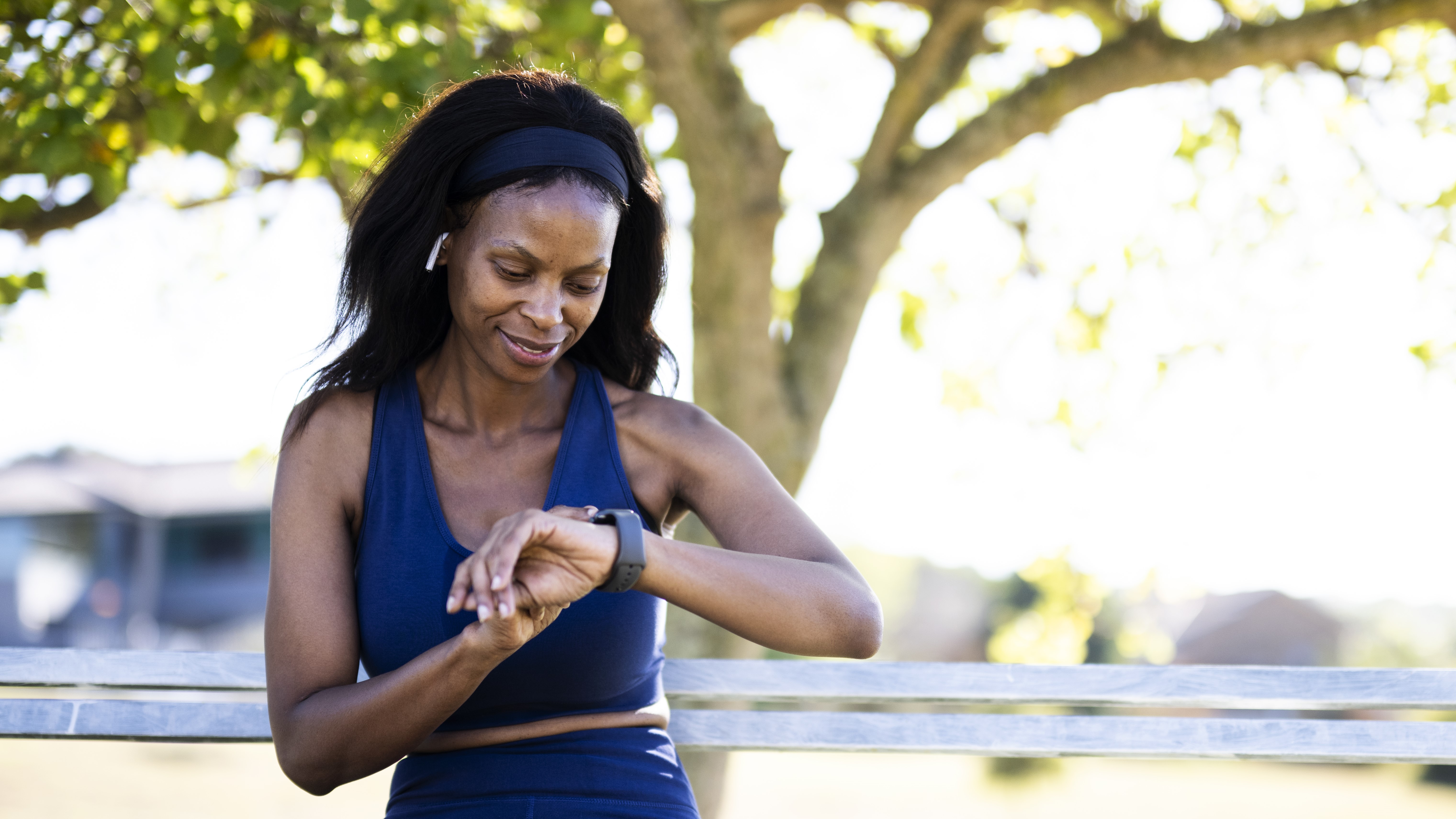
5. Is it a well organized race?
You should know that often, but not always, a race with a higher registration fee means that it’s a better organized event, with more facilities and amenities, and that can really matter if it’s your first race or your traveling far. Do you want to feel supported, with clear check-in instructions, regular aid stations and a well-marked course, or do you love a more rugged, self-supporting adventure?
Races can range from running like a well-oiled machine to total chaos, such as the deadly 2021 ultramarathon in China where 21 runners died. It’s a good idea to choose a race that’s somewhat well-established for your first race, and if you can, speak to previous participants about their experience to make sure your chosen event matches your needs and expectations.
Julia Clarke is a staff writer for Advnture.com and the author of the book Restorative Yoga for Beginners. She loves to explore mountains on foot, bike, skis and belay and then recover on the the yoga mat. Julia graduated with a degree in journalism in 2004 and spent eight years working as a radio presenter in Kansas City, Vermont, Boston and New York City before discovering the joys of the Rocky Mountains. She then detoured west to Colorado and enjoyed 11 years teaching yoga in Vail before returning to her hometown of Glasgow, Scotland in 2020 to focus on family and writing.

